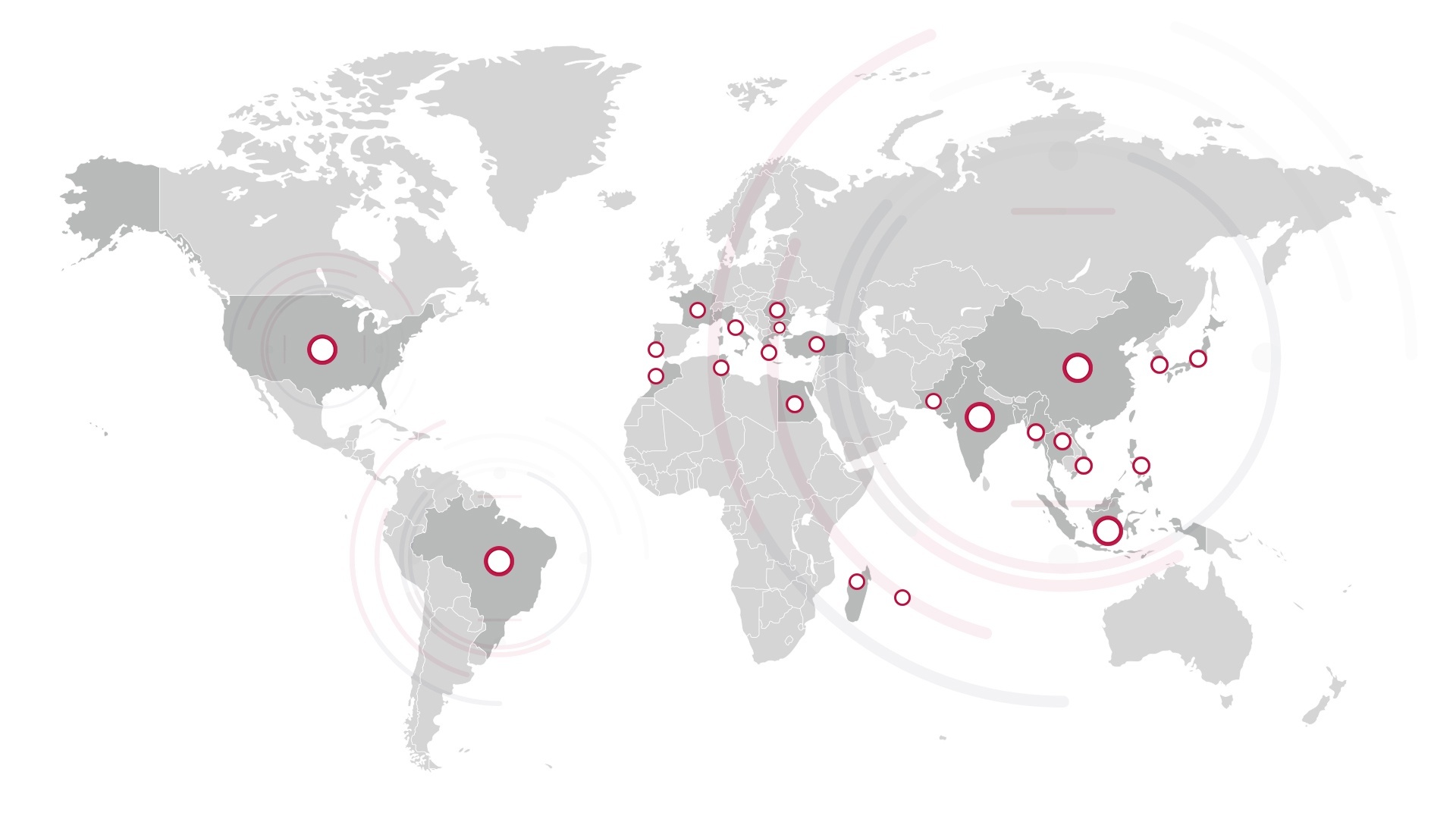In order to maximize production efficiency, textile manufacturers and brands have to navigate a twofold path – minimizing cost while maximizing production quality.
To do so, they need to find cost-effective quality management solutions that can help detect and evade potential production risks and inefficiencies. Besides, failure to preempt risk factors and manage quality at the initial stages can have terrible consequences:
- Supply chain failures and other similar issues can lead to higher production costs.
- Production and supply chain failures can also lead to the manufacturers exceeding the requested date of making the end-product. This can get them branded as unreliable.
- Finally, it can also affect the quality of the product, which can, in turn, adversely affect customer loyalty.
However, there is a simple solution to all of these problems — Modular Approach.
In this article, we’ll explain the ins and outs of a Modular Approach and how it can help you with cost-effective and timely quality management.
Modular Approach
In most cases, manufacturers and brands follow a reactive policy in terms of quality management. They take quick and decisive actions if and when problems arise. This can save the company time and money at the initial stages, but it proves to have terrible consequences in the long run, as illustrated above.
A Modular Approach, in contrast, takes a preventative rather than a reactive approach to quality management. As such, instead of putting out fires after quality issues or supply chain failures arise, they can preempt the potential risks and avoid them altogether.
A Modular Approach functions with the assumption that all manufacturing processes are inherently flawed to an extent or prone to inefficiencies. As such, by making time for risk-assessment and by taking preemptive measures at the initial stages, focusing more on where the risks are, manufacturers can be sure that their entire production process would proceed without errors, delays, or inefficiencies later.
In the long run, this approach can have numerous benefits for all textile actors.
The Two Dimensions of a Modular Approach
There are two primary dimensions of a modular approach in terms of the risks they have to monitor. All errors and inefficiencies arise from one of two production aspects.
Manufacturers Risks:
The company’s suppliers are vetted based on the following factors:
- The number of orders placed per factory per season
- The duration of the partnership with the company
- The geographical locations
- The track records for the numbers of claims, rejections, and defects per year
- The ability to improve production further
Products Risks:
These are challenges associated with product design and execution:
- The type – segmentation and related risk
- The volume per product type
- The technical complexity
- The experience – new product vs. replenishment
The higher the risk involved in one of these dimensions, the higher the level of control and monitoring required.
The 2 dimensions of a Modular Approach to quality management
Benefits of a Modular Approach
The following are the primary benefits of implementing a Modular Approach to quality management:
- The quality performances are increased and products are delivered in a timely manner, ensuring final consumers’ satisfaction and positive brand image.
- The production risks and last-minute supply chain or production failures are minimized or completely negated, which, in turn, optimizes management costs.
- The manufacturers are empowered to make critical decisions that can further help enhance supply chain efficiency and help brands stay ahead of market trends.
Sgt Can Help Implement a Modular Approach to Quality Management
SgT can help you manage your quality at an early stage and prevent risks to its maximum with adjusted control plans based on your products & suppliers’ evaluation. Contact us for more information.
Want to learn more about how SgT can assist you to
become to more sustainable?
{{cta(’68ddc48f-35db-4fa6-98d7-c9a99988317f’)}}
{{cta(‘df2514bd-21b2-4dd1-a2bb-65d0f0235488′,’justifycenter’)}}




